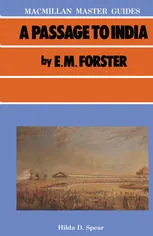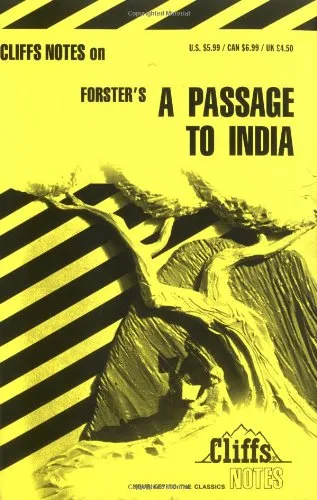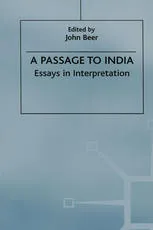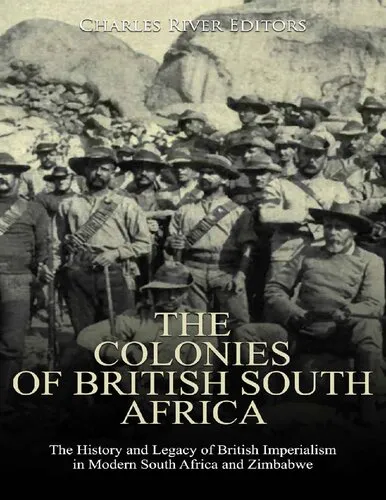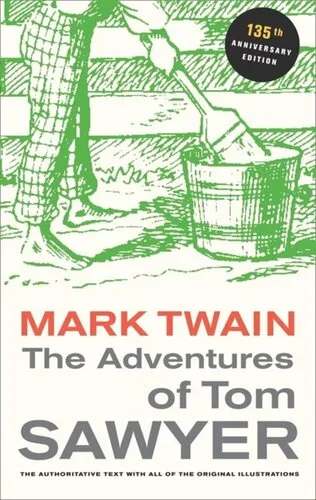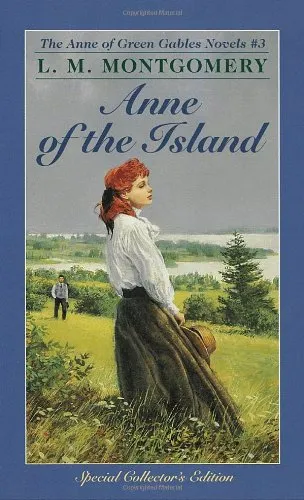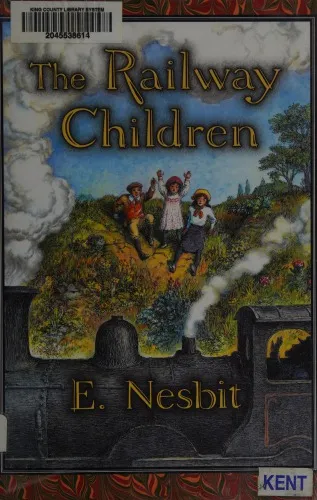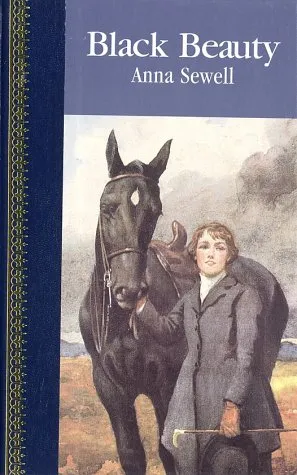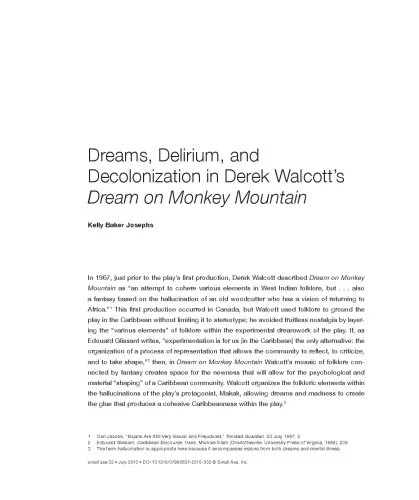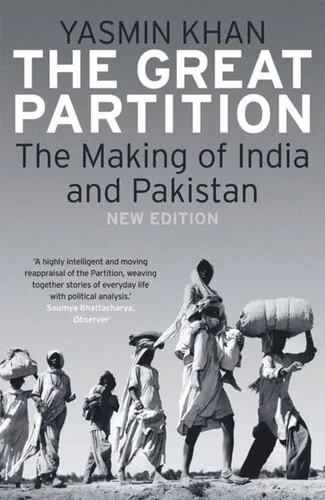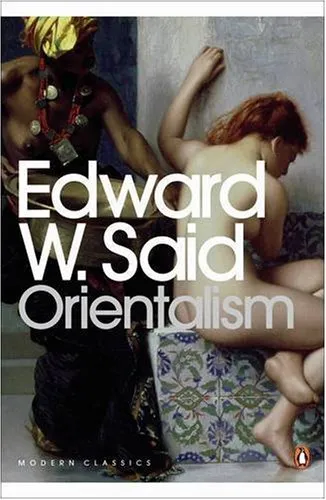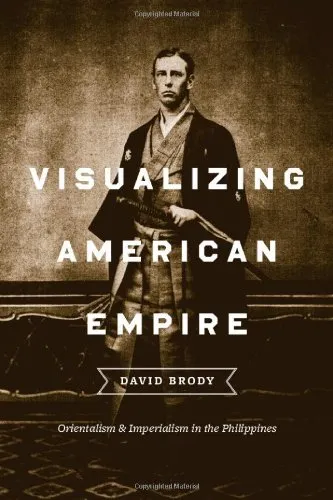A Passage to India by E. M. Forster
4.0
بر اساس نظر کاربران

شما میتونید سوالاتتون در باره کتاب رو از هوش مصنوعیش بعد از ورود بپرسید
هر دانلود یا پرسش از هوش مصنوعی 2 امتیاز لازم دارد، برای بدست آوردن امتیاز رایگان، به صفحه ی راهنمای امتیازات سر بزنید و یک سری کار ارزشمند انجام بدینکتاب های مرتبط:
معرفی کتاب "A Passage to India" اثر ای. ام. فورستر
کتاب "A Passage to India" یا "گذرگاهی به هند" توسط نویسندهی برجستهای به نام ای. ام. فورستر نوشته شده است. این اثر کلاسیک در سال ۱۹۲۴ منتشر شد و به بررسی موضوعات پیچیدهای مانند تفاوتهای فرهنگی، استعمار، و نابرابری اجتماعی در هند میپردازد. این کتاب به عنوان یک شاهکار ادبی شناخته میشود و توانسته است درک عمیقی از چالشها و کشمکشهای زندگی در دوران استعمار بریتانیا در هند ارائه دهد.
خلاصهای از کتاب
داستان "A Passage to India" در دوران استعمار بریتانیا در هند اتفاق میافتد و حول محور رابطهی پیچیده میان جامعهی هندی و انگلیسی میگردد. شخصیت اصلی داستان، عزیر خان، یک پزشک هندی است که تلاش میکند تا در میان مردم انگلیسیزبان خوشنام باشد. داستان با ورود دو شخصیت انگلیسی، آدل کوئستا و خانم مور، به هند آغاز میشود. آنها امیدوارند که تجربهای جدید کسب کنند. در یک گردش به غارهای Marabar، یک اتفاق ناگوار رخ میدهد که باعث وضعیت سیاسی و اجتماعی پیچیدهای میشود. این حادثه شکافهایی را که در روابط میان هندیها و انگلیسیها وجود دارد، آشکار میکند و سؤالاتی مهم دربارهی هویت، قدرت، و دوستی را مطرح میسازد.
نکات کلیدی
- بررسی عمیق مسائل نژادی و فرهنگی: کتاب به بررسی چالشهای نژادی و فرهنگی بین بریتانیاییها و هندیها میپردازد.
- نقد اجتماعی و استعمار: رویکرد انتقادی فورستر به مسئلهی استعمار و تأثیرات آن بر هر دو جامعهی استعمارگر و مستعمره.
- روانشناسی شخصیتها: شخصیتپردازی عمیق با نمایش تناقضها و کشمکشهای داخلی.
- تأمل دربارهی معنویت و حضور ماورایی: کاوش در عناصر معنوی موجود در فرهنگ هند.
جملات معروف از کتاب
"Adventures do occur, but not punctually."
"India is a muddle."
چرا این کتاب اهمیت دارد
"A Passage to India" به دلیل نگاه ژرف و انتقادیاش به مسائلی که همچنان در جوامع معاصر مطرح هستند، دارای اهمیت بالایی است. این اثر به طور مؤثری تفاوتهای فرهنگی و فشارهای اجتماعی را در زمان و مکان خاص خود منعکس میکند. همچنین، فورستر از طریق روایت خود، سؤالات مهمی دربارهی قدرت، هویت، و مفهوم دوستی مطرح میکند که همچنان خوانندگان را به فکر وامیدارد. این کتاب نه تنها یک داستان تاریخی است، بلکه به عنوان یک تحلیل اجتماعی و روانشناختی نیز شناخته میشود که میتواند به خوانندگان امروز نیز الهامبخش باشد.
Introduction to "A Passage to India" by E. M. Forster
E. M. Forster's "A Passage to India" is a profound exploration of cultural and racial tensions in colonial India, set against the backdrop of the British Raj. Published in 1924, it delves into friendship, spirituality, and the complexities of human relationships. This narrative resonates with its timeless themes and continues to captivate readers with its depth and insight.
Detailed Summary
The novel is set in the fictional town of Chandrapore, India, during the early 20th century, a time when British colonial rule was at its height. The story primarily revolves around the characters Dr. Aziz, an Indian Muslim physician, and Mr. Cyril Fielding, a British schoolmaster. Their relationship becomes central to the narrative, symbolizing the broader cultural and political challenges of the period.
Dr. Aziz initially forms a tenuous friendship with Fielding and two visiting British women, Mrs. Moore and Miss Adela Quested. These characters embody the complexities and contradictions of British colonial attitudes. The turning point of the novel occurs during an expedition to the Marabar Caves, where Miss Quested experiences a mysterious and traumatic event. This event leads to Dr. Aziz being accused of assaulting her.
The trial that ensues highlights the racial prejudices and misunderstandings between the colonizers and the native population. Forster’s narrative dissects these tensions, exploring themes of justice, truth, and emotional ambiguity. Eventually, Adela recants her accusation, but the damage to Aziz's reputation and the fragile cross-cultural friendships is already done.
Key Takeaways
- Cultural Misunderstanding: "A Passage to India" illustrates the deep divide and misconceptions between the British and the Indians, addressing colonial attitudes and the potential for cultural reconciliation.
- Friendship Across Cultures: The novel delves into the complexities and challenges faced in friendships that cross cultural boundaries, notably through the interactions between Dr. Aziz and Mr. Fielding.
- Spiritual and Philosophical Themes: Through the symbolism of the Marabar Caves, Forster explores existential and philosophical ideas, highlighting the mystical aspect of human experience.
Famous Quotes
"Adventures do occur, but not punctually. Life rarely gives us what we want at the moment we consider appropriate."
"God... is... love. Truth... the little pieties... He is wise... not to speak."
"Most of life is so dull that there is nothing to be said about it, and the books and talk that would describe it as interesting are obliged to exaggerate, in the hope of justifying their own existence."
Why This Book Matters
Forster’s "A Passage to India" is significant for its daring critique of British imperialism and its nuanced portrayal of the cultural and personal interactions between British colonizers and Indian subjects. Its exploration of race, friendship, and the human spirit has rendered it a timeless classic in English literature. Forster’s narrative technique, which combines acute social observation with profound philosophical questions, offers a rich text for both literary enjoyment and scholarly analysis.
Furthermore, the book's capacity to inspire dialogue about cultural understanding and prejudice persists in contemporary contexts, as it challenges readers to reflect on issues of identity, power, and society's limitations. "A Passage to India" is not just a historical document of a bygone era but an enduring work that speaks to the complexities of human interaction across divides, making it an indispensable read for those interested in the past and its relevance to present-day issues.
دانلود رایگان مستقیم
شما میتونید سوالاتتون در باره کتاب رو از هوش مصنوعیش بعد از ورود بپرسید
دسترسی به کتابها از طریق پلتفرمهای قانونی و کتابخانههای عمومی نه تنها از حقوق نویسندگان و ناشران حمایت میکند، بلکه به پایداری فرهنگ کتابخوانی نیز کمک میرساند. پیش از دانلود، لحظهای به بررسی این گزینهها فکر کنید.
این کتاب رو در پلتفرم های دیگه ببینید
WorldCat به شما کمک میکنه تا کتاب ها رو در کتابخانه های سراسر دنیا پیدا کنید
امتیازها، نظرات تخصصی و صحبت ها درباره کتاب را در Goodreads ببینید
کتابهای کمیاب یا دست دوم را در AbeBooks پیدا کنید و بخرید
1589
بازدید4.0
امتیاز0
نظر98%
رضایتنظرات:
4.0
بر اساس 0 نظر کاربران
Questions & Answers
Ask questions about this book or help others by answering
No questions yet. Be the first to ask!
